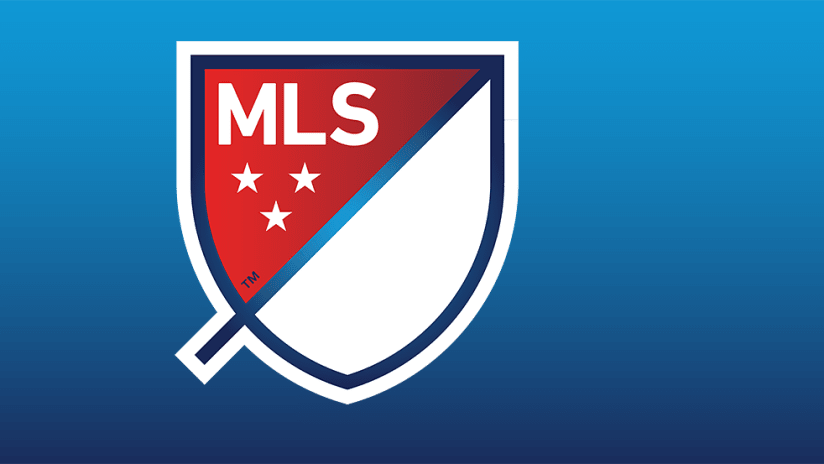Major League Soccer announced on Friday that each of the league's 22 clubs will now receive a total of $1.2 million of Targeted Allocation Money (TAM) in 2017, an increase of $400,000 per club from the previously announced $800,000 that was originally earmarked for 2017.
Targeted Allocation Money, as distinguished from General Allocation Money (GAM), are funds strategically provided to teams to add or retain players that will make an immediate impact on the field. To date MLS has committed a total of $53 million of TAM funds for clubs to sign players earning at least the maximum salary budget charge (in 2017 the maximum budget charge is $480,625), but less than $1 million.
The league first unveiled the TAM initiative as part of its most recent Collective Bargaining Agreement (CBA) with players in 2015, assigning $500,000 per team to use during the five years of the CBA (2015-2019). Then in December of 2015, MLS announced that an additional $800,000 of Targeted Allocation Money (TAM) would be made available to each club in 2016 and another $800,000 in 2017.
Through the increased investment, teams have signed international impact players such as 2016 Newcomer of the Year candidates Jelle Van Damme (LA Galaxy) and Ola Kamara (Columbus Crew SC), as well as having retained current talent such as 2016 Golden Boot winner Bradley Wright-Phillips (New York Red Bulls).
The additional Targeted Allocation Money must be used within the span of four transfer windows. As such, the 2017 TAM funds must be applied prior to the conclusion of the 2018 Secondary Transfer Window (summer 2018). The use of the initial $500,000 of Targeted Allocation Money announced in 2015, which expires in 2019, will still follow the guidelines and timeline set forth in the Collective Bargaining Agreement.
In addition to the $1.2 million, expansion clubs Atlanta United and Minnesota United FC will receive an additional $300,000 of Targeted Allocation Money they are due, pro rated from that initial $500,000 investment in each MLS club in 2015.
Additional terms of the increase in Targeted Allocation Money include:
- Clubs may use a portion of or all of the available Targeted Allocation Money to convert a Designated Player to a non-Designated Player by buying down his salary budget charge to at or below the maximum salary budget charge. If converted during the Secondary Transfer Window, the Designated Player may earn at maximum $1.5 million on a pro rated basis. If Targeted Allocation Money is used to free up a Designated Player slot, the club must simultaneously sign a new Designated Player at an investment equal to or greater than the player he is replacing.
- Clubs retain the flexibility to convert players bought down with Targeted Allocation Money into Designated Players if they have a free Designated Player slot.
- Targeted Allocation Money and General Allocation Money may not be used in combination when signing or re-signing a player, or when buying down the budget charge of a Designated Player. Either Targeted Allocation Money or General Allocation Money may be used on a player in a single season, not both.
- A Player must earn more than $480,625 per year (2017 maximum budget charge) to qualify for Targeted Allocation Money. The compensation ceiling for such players is set at $1,000,000 per year, unless amounts are applied midseason to buy down the budget charge of an existing Designated Player.
- The minimum budget charge for a player compensated with Targeted Allocation Money is $150,000.










